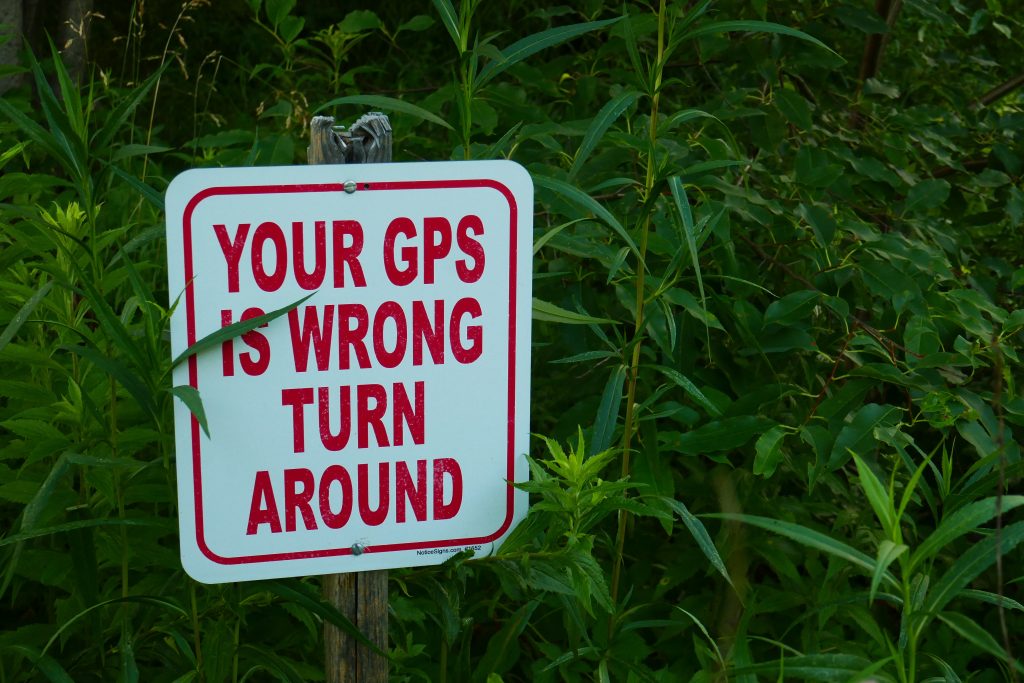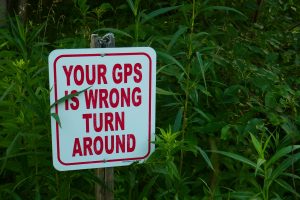To most of us, research conclusions have an air of finality about them. If research shows that … say … prequestions help students learn, well then: case closed. Teachers MUST start class with prequestions!
But wait…we have many reasons to push back against this kind of blunt finality.
- We could have other strategies that help more: retrieval practice might provide more benefits than prequestions.
- Perhaps prequestions help these students in this discipline: say — 6th graders learning science concepts. But they might not help 2nd graders practicing phonics.
- In some cases, initial research findings don’t hold up over time. I used to cite research about “expressive writing,” but I’ve lost confidence in that suggestion because later studies don’t consistently support it.
But there’s another crucial limitation we often overlook: the theories themselves change over time.
Here’s the story.
Once Upon a Time
Scientific researchers rarely arrive at theories in a single great leap. Instead, those theories build up incrementally: study after study, year after year, decade after decade.
In one well-known example: Dr. Carol Dweck started her research in the early 1970s. For most of the subsequent decades, she and her fellow researchers focused on “entity theorists” and “incremental theorists.” Only in the early 2000s did she rebrand to “Mindset.” That is:
- An “entity theorist” thinks that intelligence is a specific entity, a completed mental capacity. It can’t be changed. These days, we call that a “fixed mindset.”
- An “incremental theorist” thinks that intelligence can change incrementally. It’s not complete. Today, we talk about a “growth mindset.”
Dweck took, quite literally, more than 30 years to develop the theory to the point that we recognize it today. And since the publication of her book — almost 20 years ago now!! — she has developed it still further.
In other words: mindset theory circa 2005 differs meaningfully from mindset theory circa 2025.
Crucially, this evolution does not mean that Dweck has done anything wrong. Instead, she and her colleagues have been doing what they should be doing. They have a hypothesis; they test it; they adjust the theory based on the results. That updated theory in turn prompts a new hypothesis, so Team Dweck repeats the cycle.
The evolution of these theories isn’t a bug in the system; it’s a feature of the system.
Buggy Features
Although I’ve described this evolution as a feature (not a bug), this feature does allow for some bugs to creep into advice based on theories. A recent example comes quickly to mind.

Cognitive load theory helps many thinkers organize their ideas about working memory in the classroom. (In my view, few topics could be more important than working memory in the classroom.)
For all the normal reasons, cognitive load theory has evolved over time. For instance, it used to distinguish among “intrinsic load,” “extrinsic load,” and “germane load.”
However, in recent years, the scholars who have championed the theory have removed “germane load” from the theoretical framework. It now focuses on “intrinsic” and “extrinsic” only.
The reasons for the change don’t really matter here. What does matter is: cognitive load theory in 2025 doesn’t say exactly what it did in 2015 — and this kind of change is normal.
What to Do?
This insight — “theories do change over time” — offers at least two practical suggestion to teachers and school leaders.
FIRST: Evaluate your own understanding.
That is: if you’re thinking about going all in on a particular theory, be sure you’re planning to enact its most up-to-date version.
In the case of growth mindset, you might start by reading Dweck’s book to understand this foundational text. At the same time, you will no doubt notice that the book was written almost 20 years ago. Next step: take time to see what’s happened to the theory since then.
In the case of mindset, this investigation should be fairly simple. LOTS of people have written books on growth mindset, and research in this field regularly gets attention.
In other cases, double-checking the currency of your information might require some creative sleuthing.
For instance, I asked Claude (the LLM) how Mindset Theory and Cognitive Load Theory have changed over the years; in both cases, Claude’s answer hit the revelant highlights. No doubt other strategies can help you navigate this kind of research history.
Features and Filters
A SECOND practical suggestion also arises from this insight: use it to evaluate the “research-based” advice you hear from someone else.
That is: if a PD speaker says “cognitive load theory tells you to do XYZ to manage your students’ germane load,” you’ve gained an important data point. Although you might find cognitive load theory itself persuasive, you probably shouldn’t take this speaker’s advice about it — because his/her understanding of the theory is more than five years out of date.
In other words: our understanding that theories evolve helps us filter out advice from self-styled experts whose understanding stops with a long-ago version of the theory.
To be fair, I could become overly obsessed with having the very most recent update. Few people can be fully current on all the nuances.
But if a PD speaker says that “a growth mindset is all about effort,” that’s a (mis)interpretation that Dweck has corrected many times. (The thoughtful quality of the effort, and focus on the process, matter more that sheer determination.)
TL;DR
Because educatation is complicated, research-based theories about education are complicated — and they change over time.
To ensure that our students benefit from the work we do, we need to make sure that our own mental models haven’t gone beyond their expiration dates.






![Parachutes Don’t Help (Important Asterisk) [Repost]](https://www.learningandthebrain.com/blog/wp-content/uploads/2020/11/AdobeStock_74316932.jpg)










